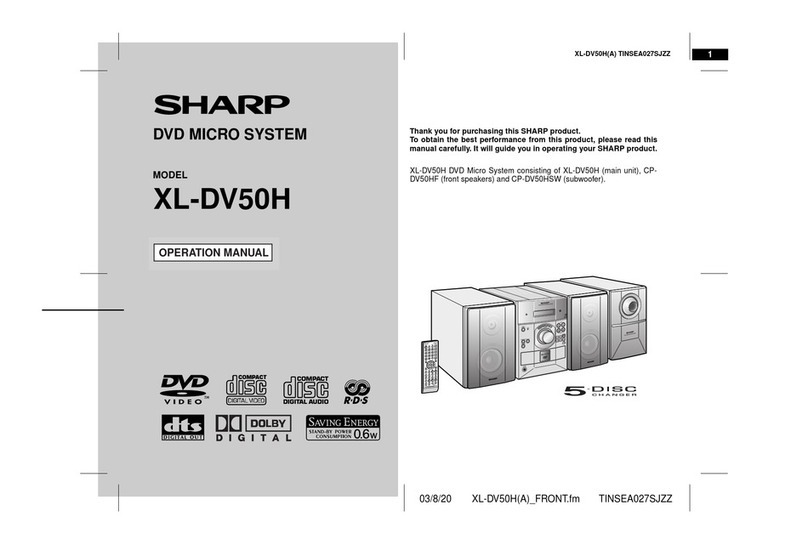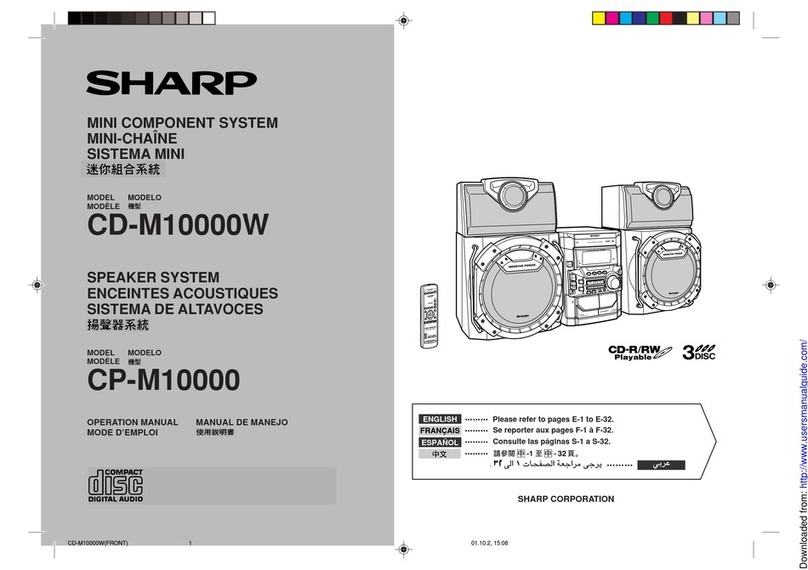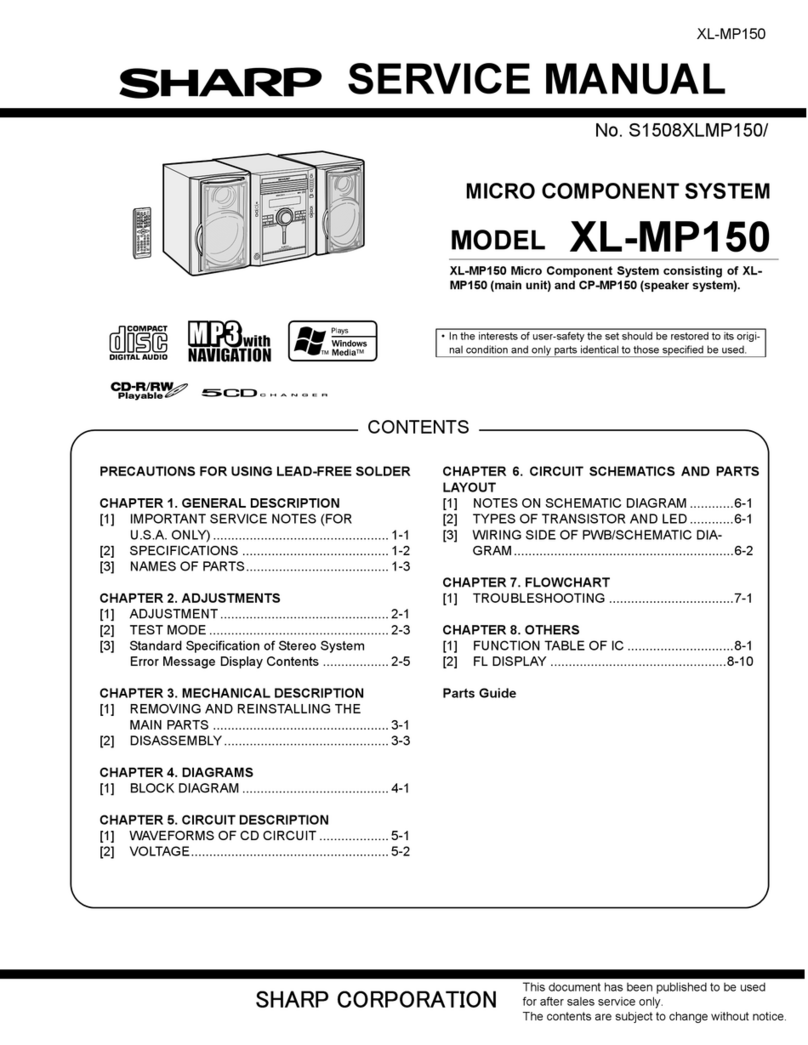Sharp GF-9090H User manual
Other Sharp Stereo System manuals

Sharp
Sharp CD-G10000DVD User manual

Sharp
Sharp SD-NX10W User manual
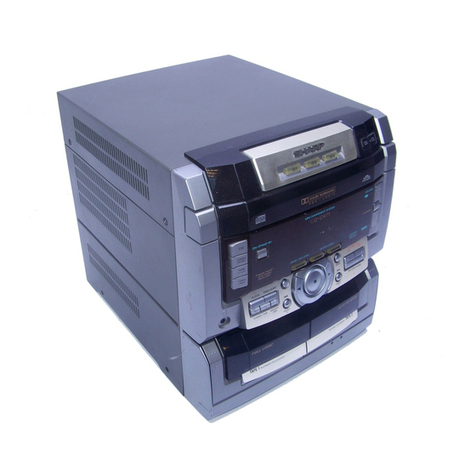
Sharp
Sharp CD-C471 W User manual

Sharp
Sharp GX-CD1200W BK User manual
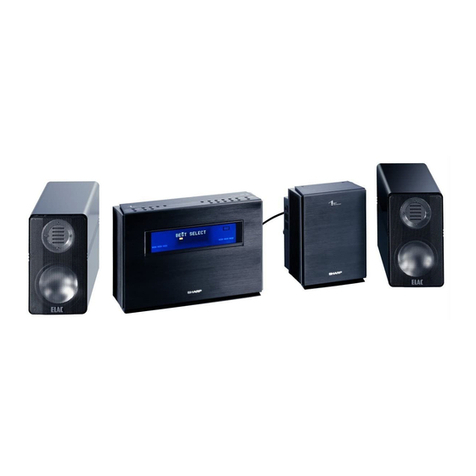
Sharp
Sharp SD-SG11H User manual
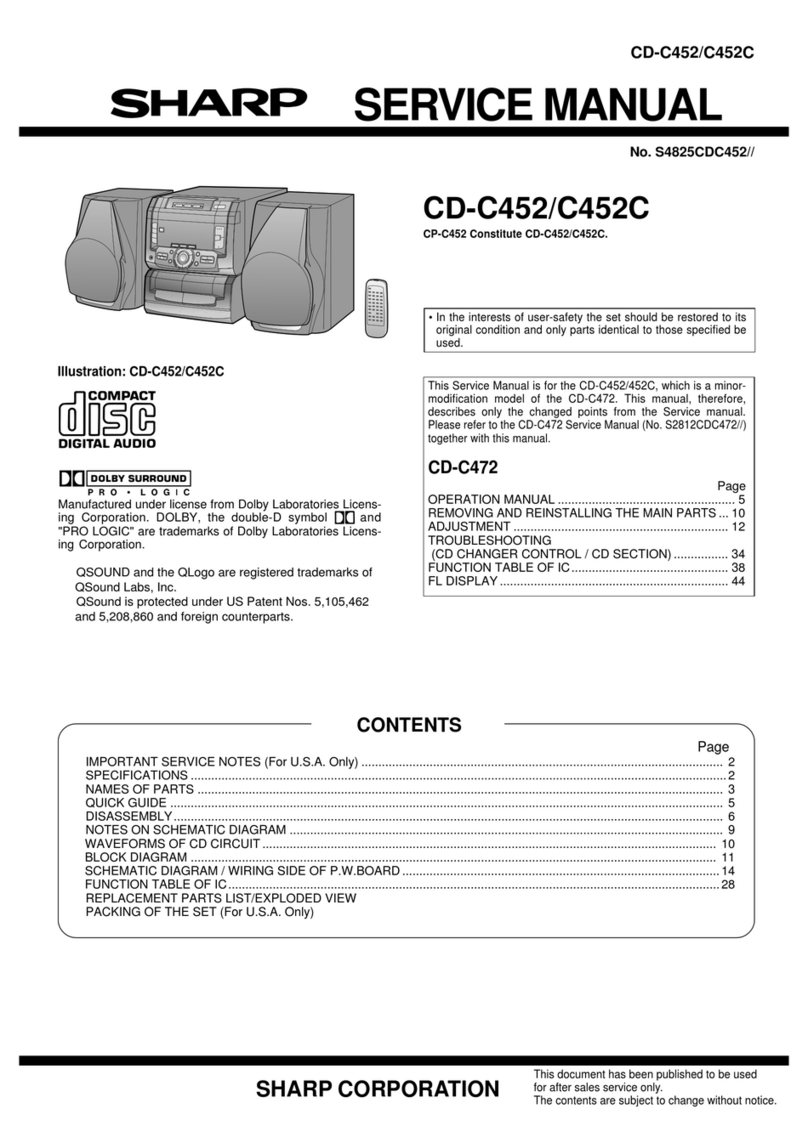
Sharp
Sharp CD-C452 User manual
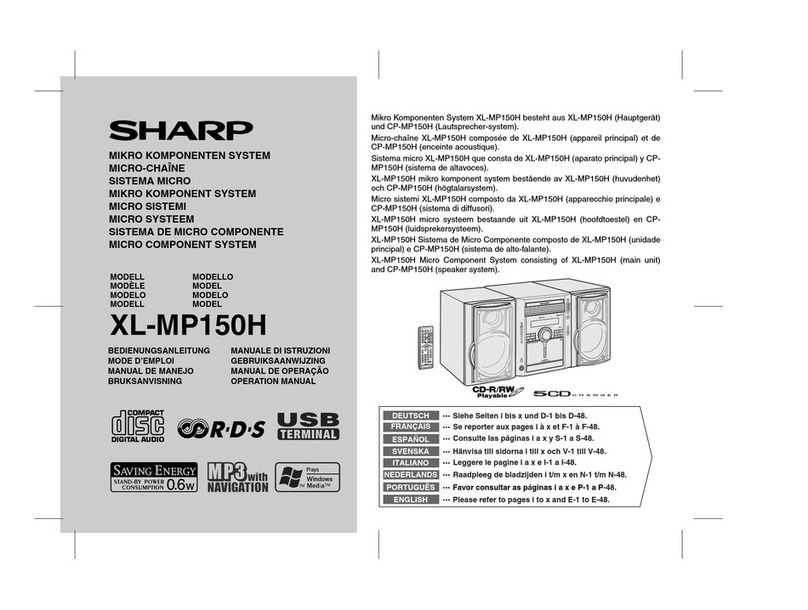
Sharp
Sharp XL-MP150H User manual

Sharp
Sharp XL-HF203B User manual

Sharp
Sharp CD-C250X BK User manual
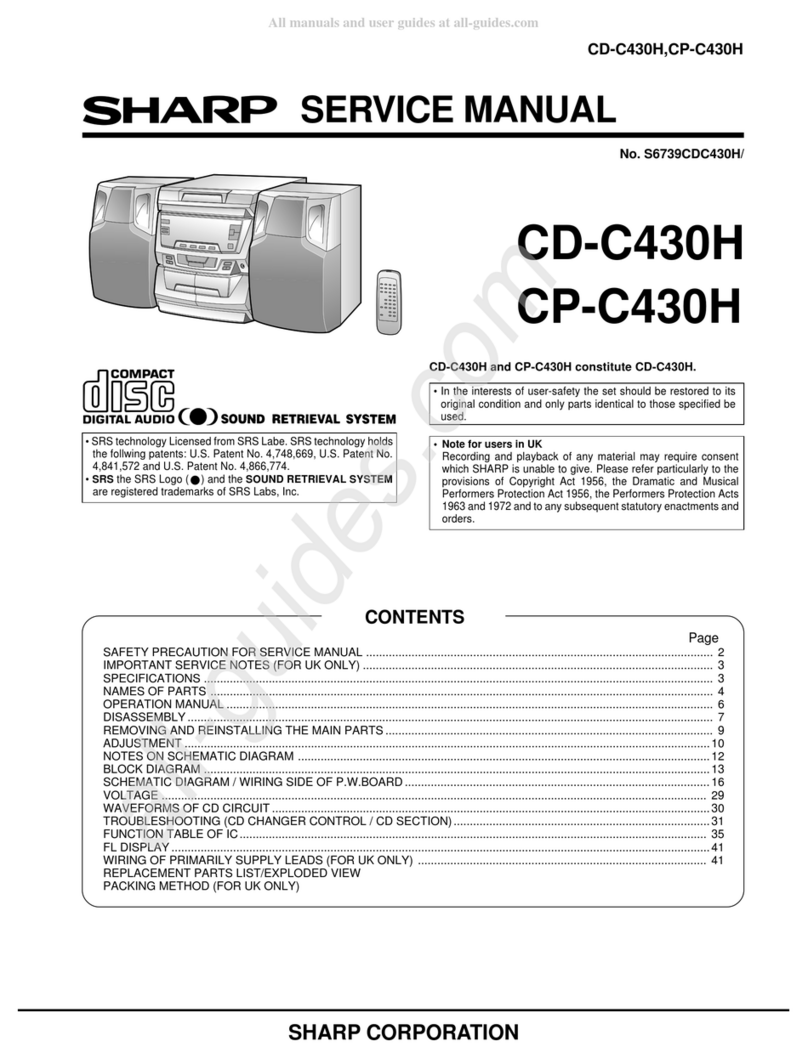
Sharp
Sharp CD-C430H User manual

Sharp
Sharp CD-ES900 User manual
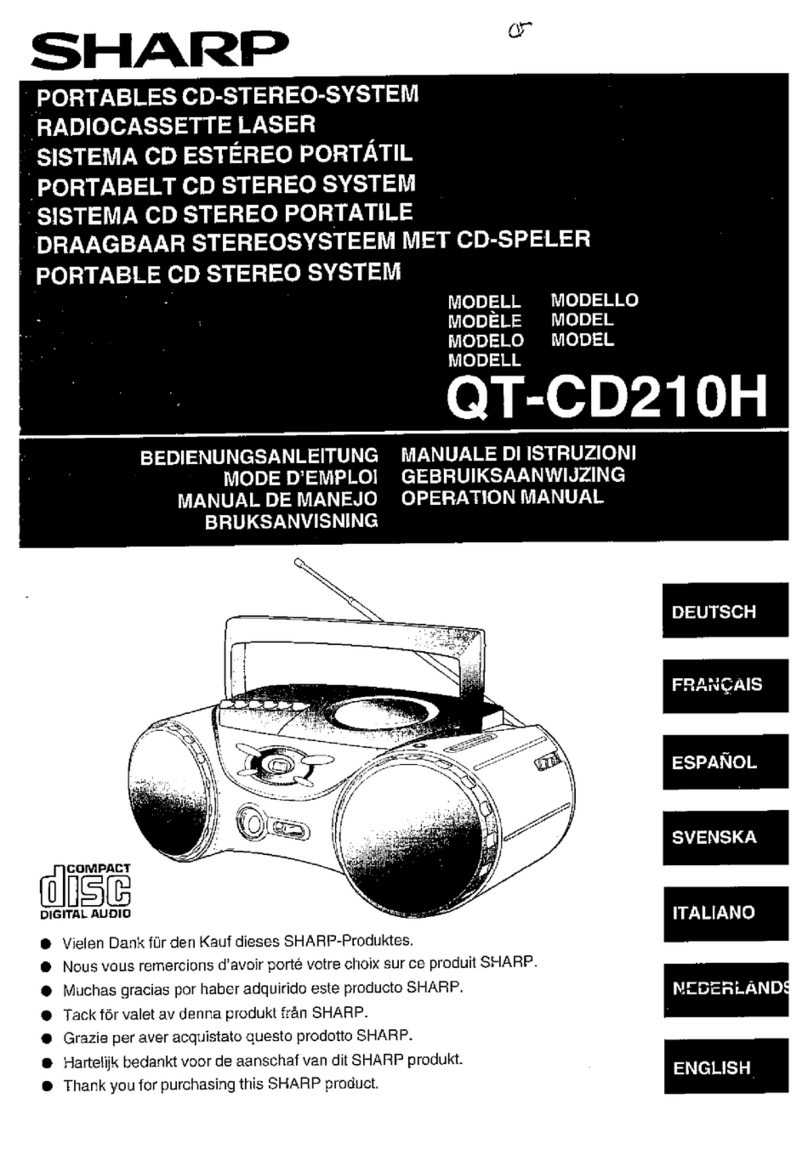
Sharp
Sharp QT-CD210H User manual
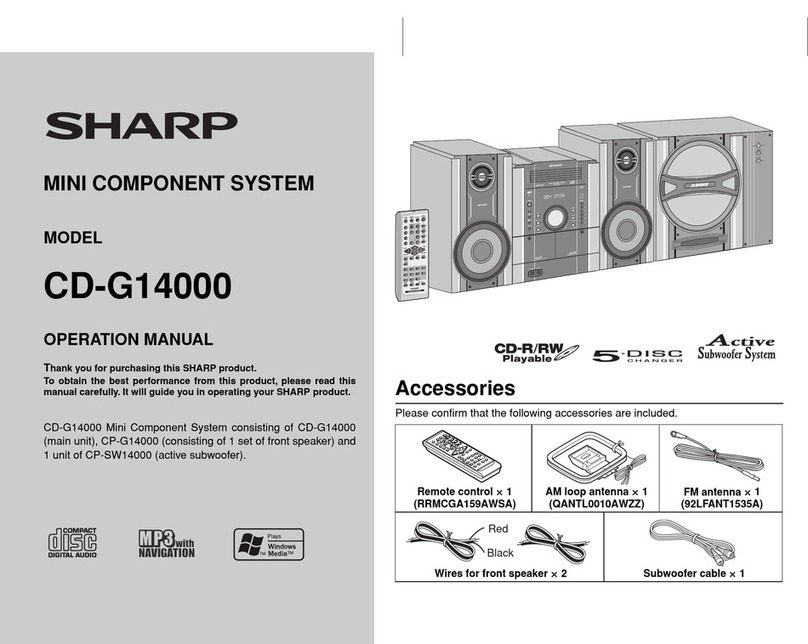
Sharp
Sharp CD G14000 User manual

Sharp
Sharp CD G14000 User manual
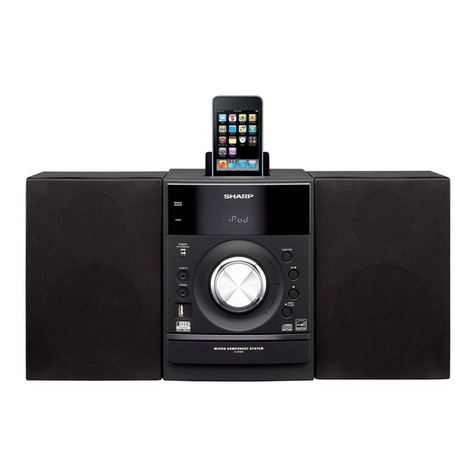
Sharp
Sharp XL-DH229 User manual

Sharp
Sharp CD-C421H User manual
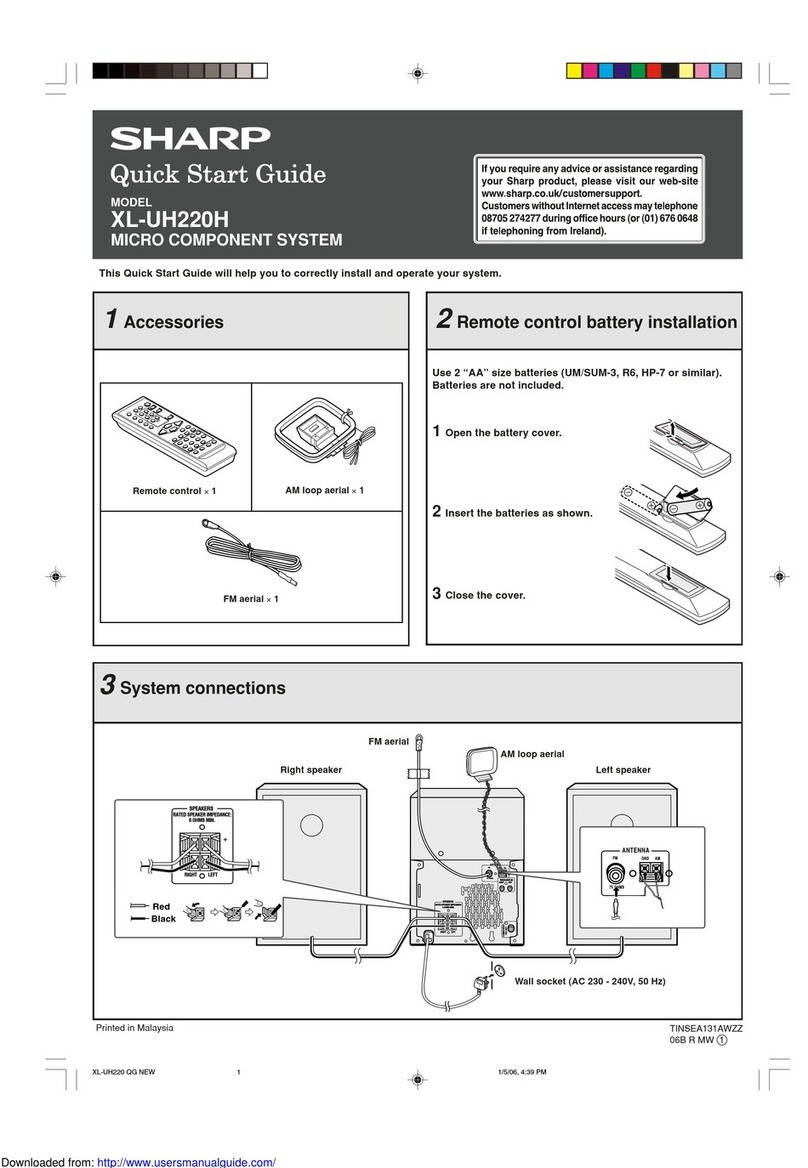
Sharp
Sharp XL-UH220H User manual

Sharp
Sharp CD-M4000W User manual

Sharp
Sharp CD-E800W User manual
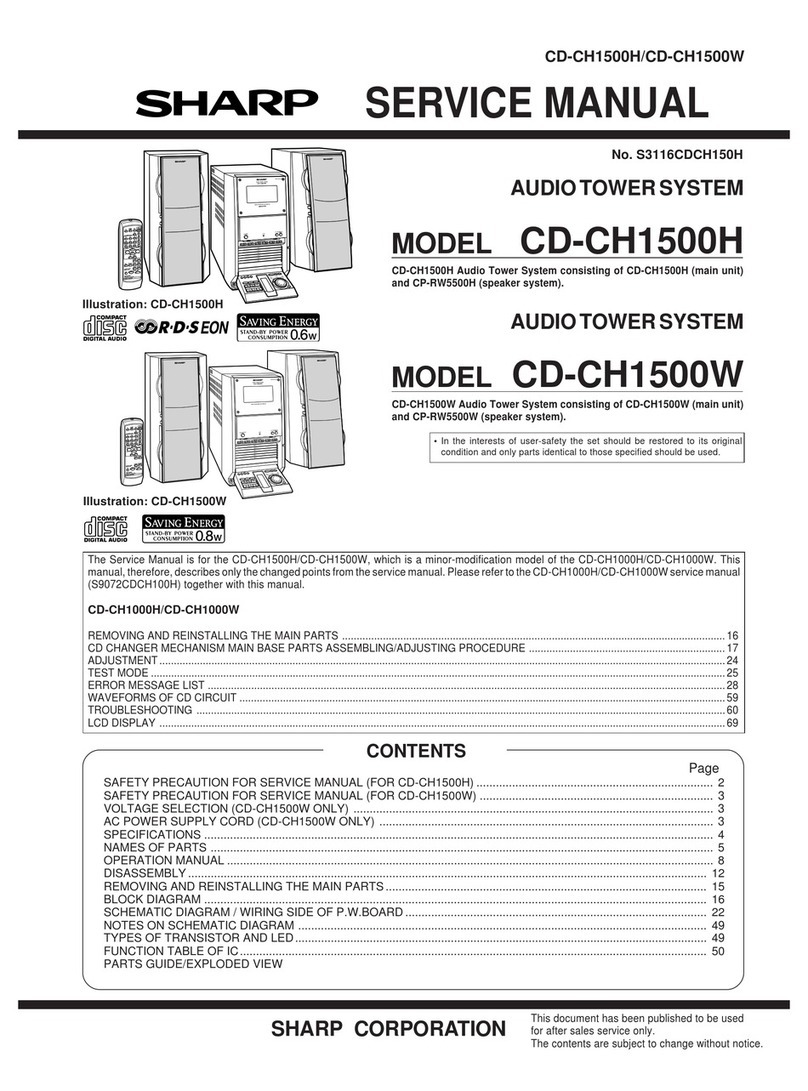
Sharp
Sharp CD-CH1500H User manual
